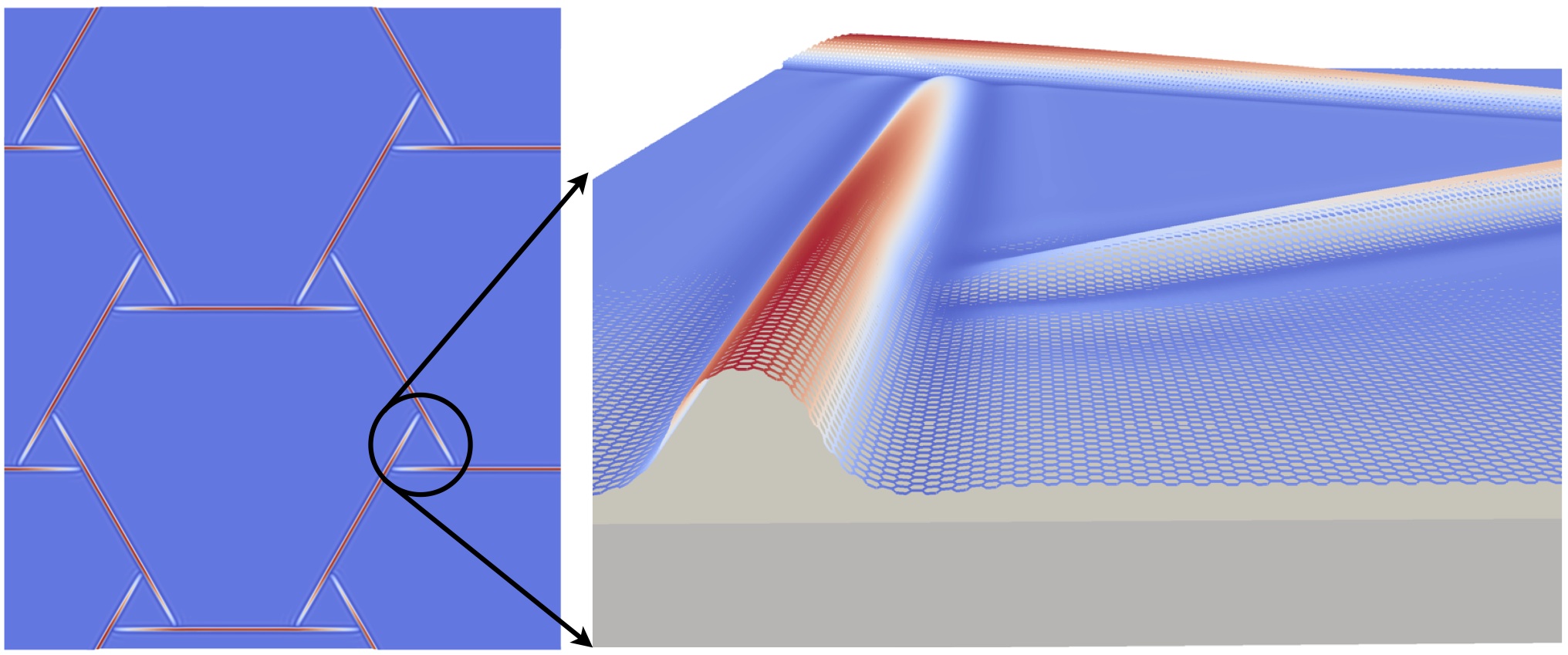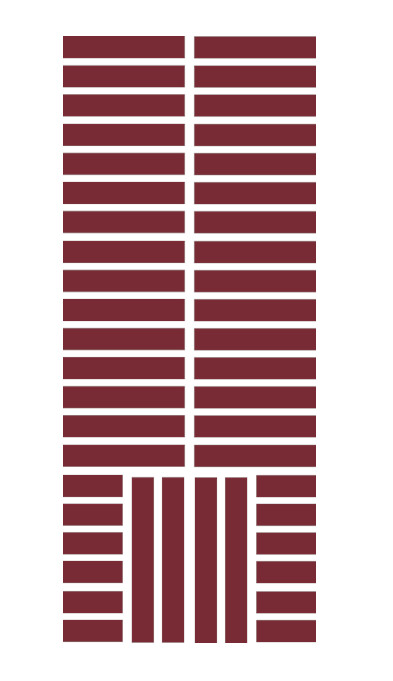Dipartimento di Matematica Guido Castelnuovo, Università Sapienza Roma

Abstract: Graphene is a two-dimensional material with a unique set of properties, many of which rely on its planar two-dimensional structure. In many applications, graphene is supported on a substrate. Rather than a flatland, supported graphene describes a landscape shaped by out-of-plane features with different physical origins. Defects such as dislocations or grain boundaries can relax through out-of-plane deformations.
Gas trapped between graphene and the substrate can elastically deform graphene, producing blisters of various shapes and sizes. Lateral strain produced upon cooling after graphene synthesis invariably results in linear and localized wrinkles. Such wrinkles or bubbles locally modify the electronic properties and are seen as defects. It has been also suggested that the strong coupling between localized deformation and electronic structure could be harnessed in technology by strain engineering. Here, I will describe our efforts to understand the origin of elastic out-of-plane deformations in supported graphene, and to devise strategies to control deformation patterns.

